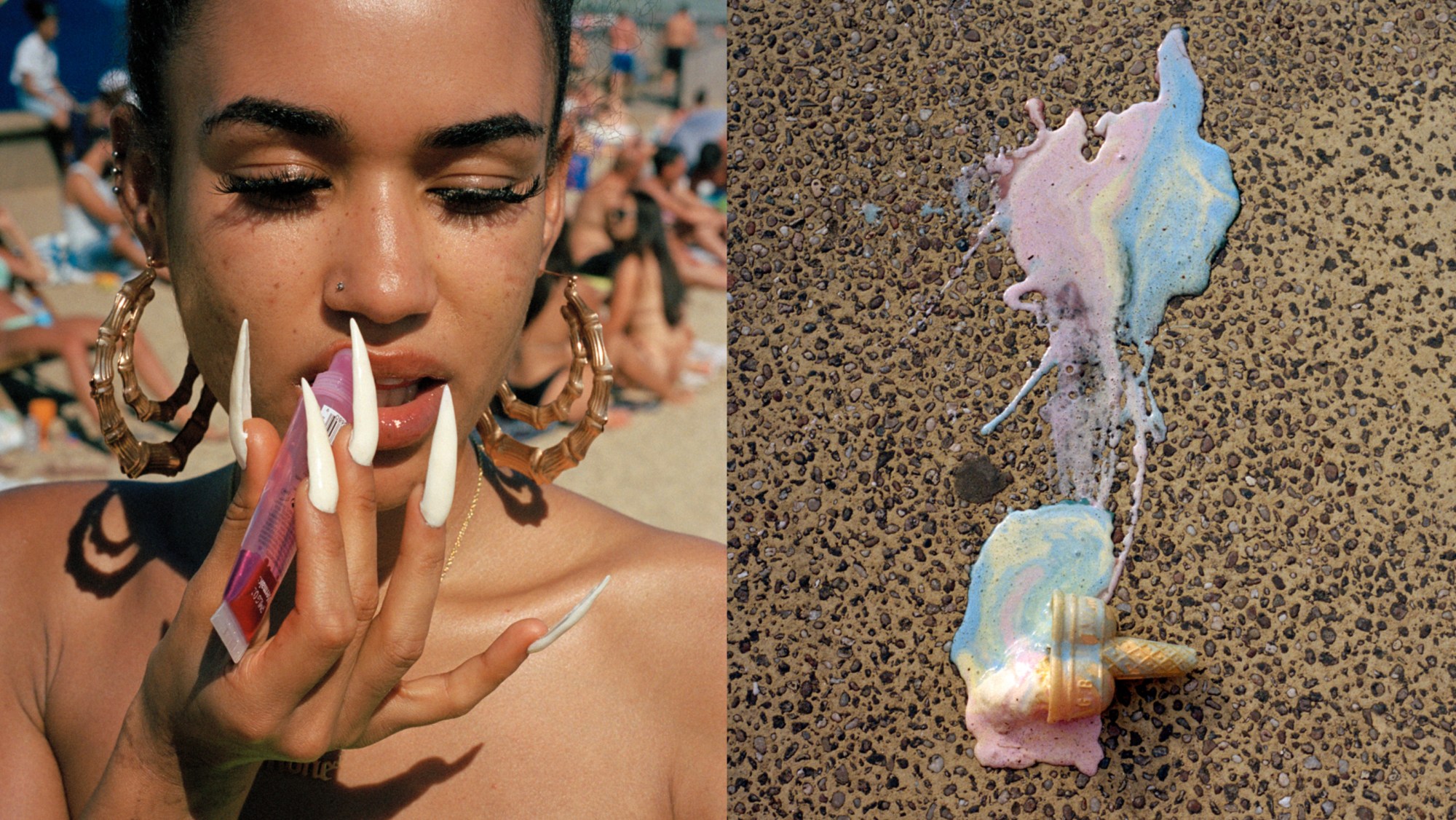It was a baking hot day in August 2020, with lockdown restrictions temporarily lifted, when Sophie Green photographed Simone among the glamorous hoards on Southend-on-Sea. She was fabulous in her neon green swimsuit, applying lip gloss with clawlike acrylic nails. Her long fake eyelashes left shadows on her face under the glare of the sun, just like the huge gold hoops that dangled from her ears. “It was her flamboyance that attracted me,” says Sophie, whose series, Beachology, is an homage to the British seaside and the people that visit it.
From Essex to Margate, Liverpool, Brighton, Bournemouth, Portsmouth and the Isle Of Sheppey, Sophie photographed locals like 95-year-old Marjory in pink and purple, who she joined on her daily walk down Weston-super-Mare promenade and listened to her stories of love, heartbreak and loneliness; Jarnail, a slight 13-year-old who turned out to be a British weightlifting champion; and Emily, who holds a giant mass of arcade game tickets at New Brighton beach in Liverpool.
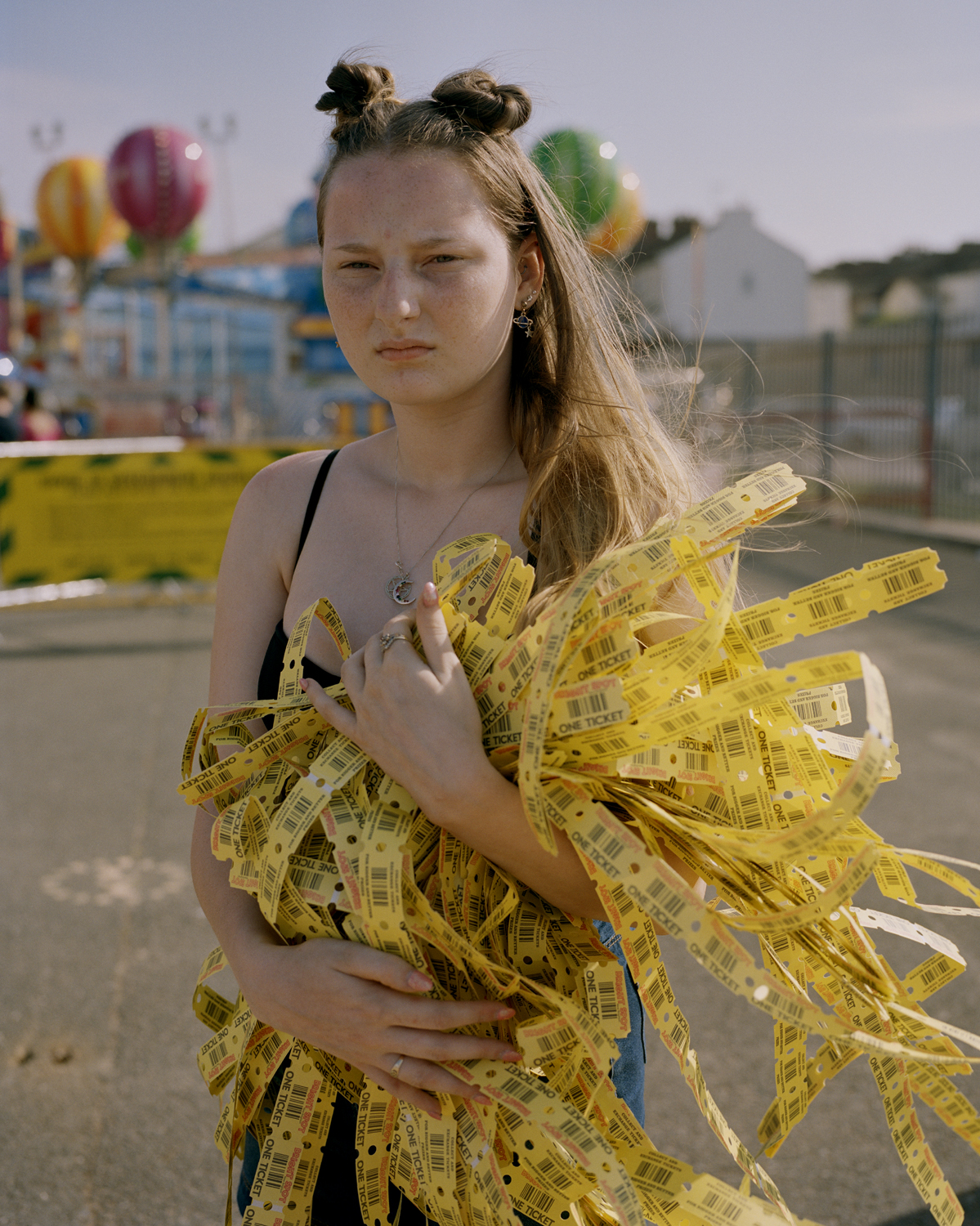
“The beach has always been a unique space to observe the British nation, where you feel a sense of solidarity and inter-cultural exchange,” Sophie says. “There are so many cultures and histories woven into a sense of Britishness and this is evident on the beaches. Individuals and families from every class, race and religion united in the desire for escapism.”
For a decade, Sophie has explored the idiosyncrasies of British subcultures and our traditions. “I’ve found learning about how people nourish different cultures within their respective spaces particularly rewarding as it is a chance to open myself up to the people I meet and their experiences. I was excited to see how these respective experiences harmonise together into one collective experience of the same space.”

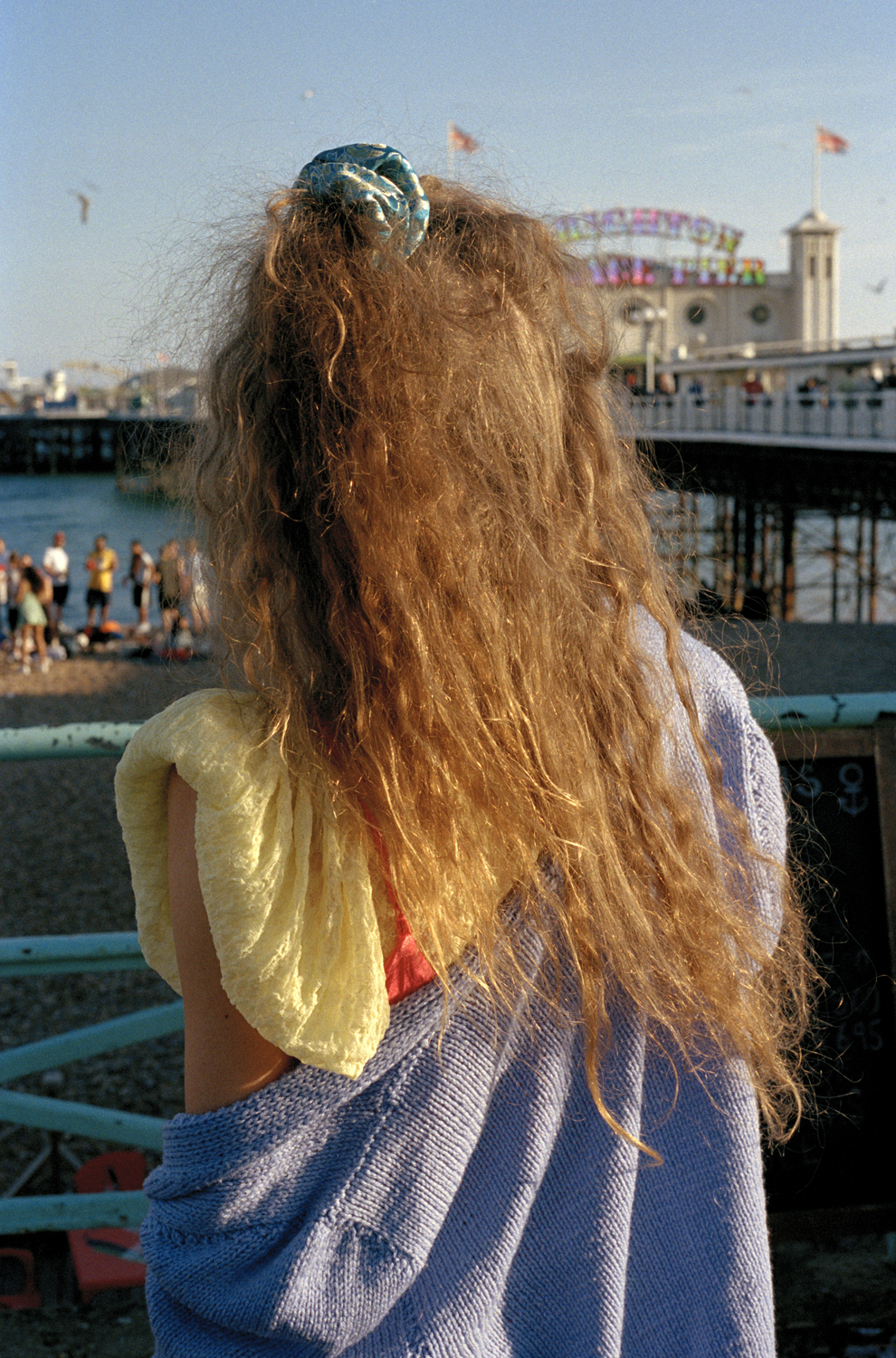
But it’s both joy and decline that Sophie finds along the coast. There are couples embracing and children playing in the sea, groups of friends hanging out, ice cream splattered on the floor and plenty of pastel-coloured candy floss. There are also signs of hardship: a fisherman shows his scars while topless and a factory landscape looms over a muddy beach. “The scenery at times looks dystopian with industrial backdrops, barbed wire fencing and rotting fairground rides,” she explains.
Much of the architecture is left over from the boom in tourism that came after World War II when factories mushroomed across the north of England. Cotton mills would close for ‘wake weeks’ every year to service and repair machinery and employees flocked to neighbouring beaches. Thanks to the Holiday Pay Act of 1938, leisure time became accessible not just for the upper classes, but for the working and middle classes too. “Since the rise of affordable flights abroad, the landscapes of these seaside towns have changed,” Sophie says.
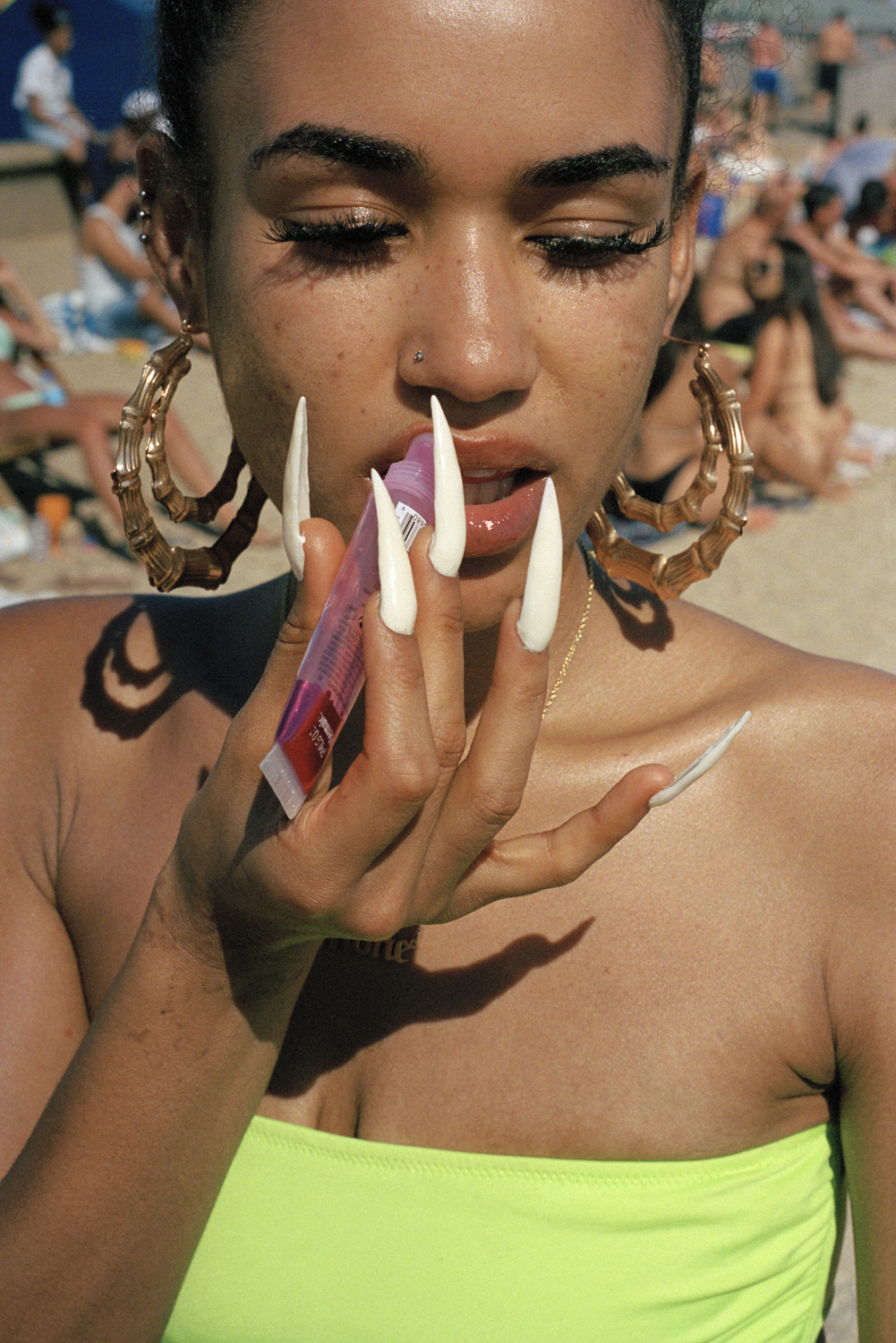
“Many carry a complex socioeconomic narrative of under-funding, a high rate of unemployment, poor healthcare and an ageing population,” she adds. A report in 2021 found disproportionately high levels of chronic disease, mental illness and low life expectancy in the popular coastal towns of Hastings, Skegness, Clacton and Torbay. In Blackpool, local doctors point to a combination of economic, emotional, social and physical problems they call “Shit Life Syndrome”. As seaside towns have declined, the demise of tourism left a surplus of old hotels that have become bedsits with low rents that have attracted the unemployed, unskilled and ill. But the housing is often overcrowded, damp and deteriorating, while jobs in the towns are insecure and flow with the tourist season.
Until Covid, the fate of these coastal towns was terminal and their demise certain. But lockdown spurred a revival. Borders were shut yet a piping hot summer meant Britain turned to the coast for salty sea air and fried fish. Enquiries for homes in coastal locations from city dwellers shot up 115 percent, while flocks of local tourists came for fun, freedom and relaxation. For Sophie, the beach gave her an opportunity to create freely, she knew that people would feel safer in the outdoors and would be more willing to collaborate.
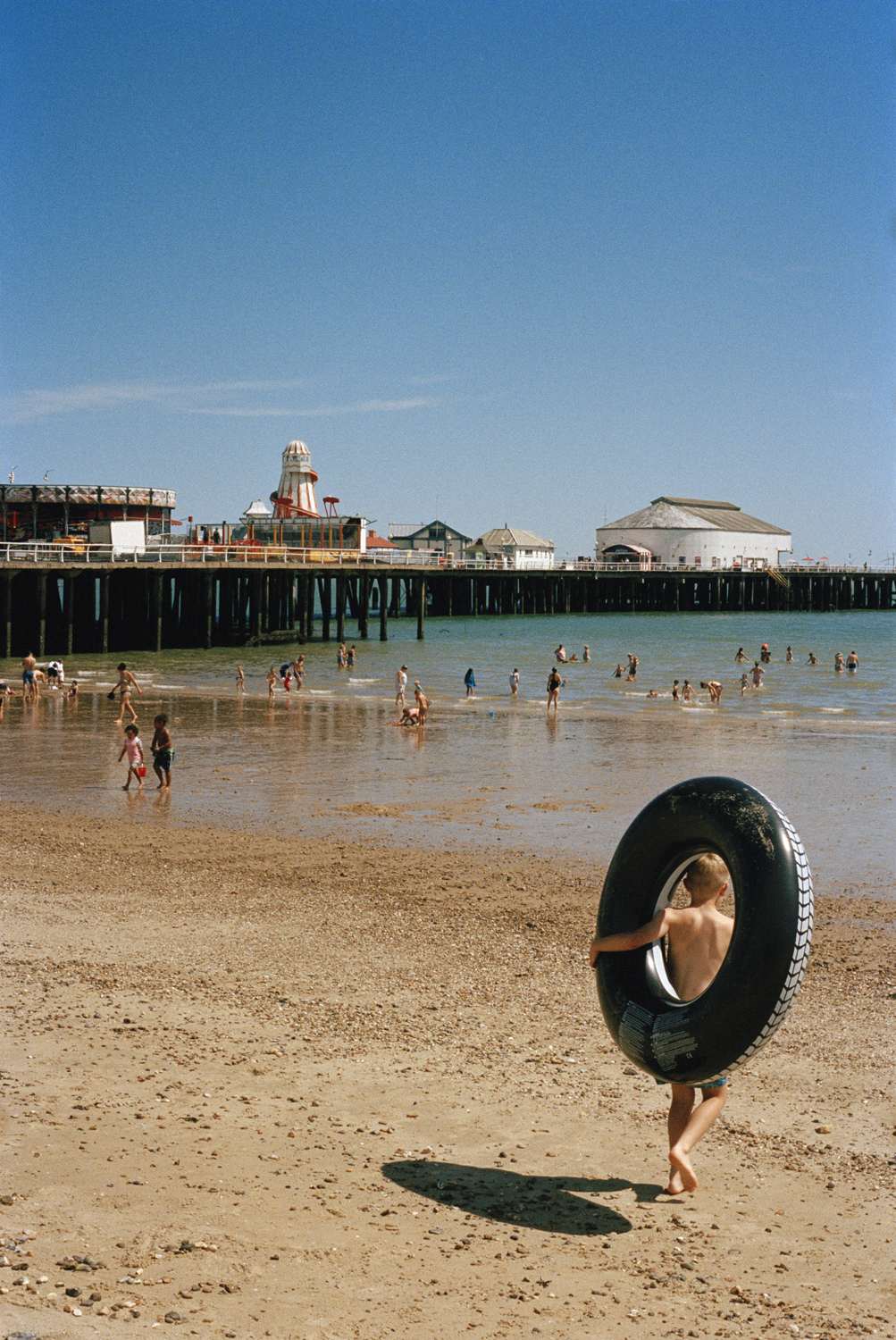
Southend-on-Sea was jam-packed the day she visited, and she remembers the elation she felt as she had not been in a crowd since March 2020. “Six months is a long time to be removed from public company,” she says. “I had my anthropological, [but also my] photographer head back out in the wild again. Just people watching again in awe and being able to have those spontaneous encounters with strangers that are always surprising, charming and fun, was so relieving.”
“The beach is a public social space, with an open party invite,” she adds.
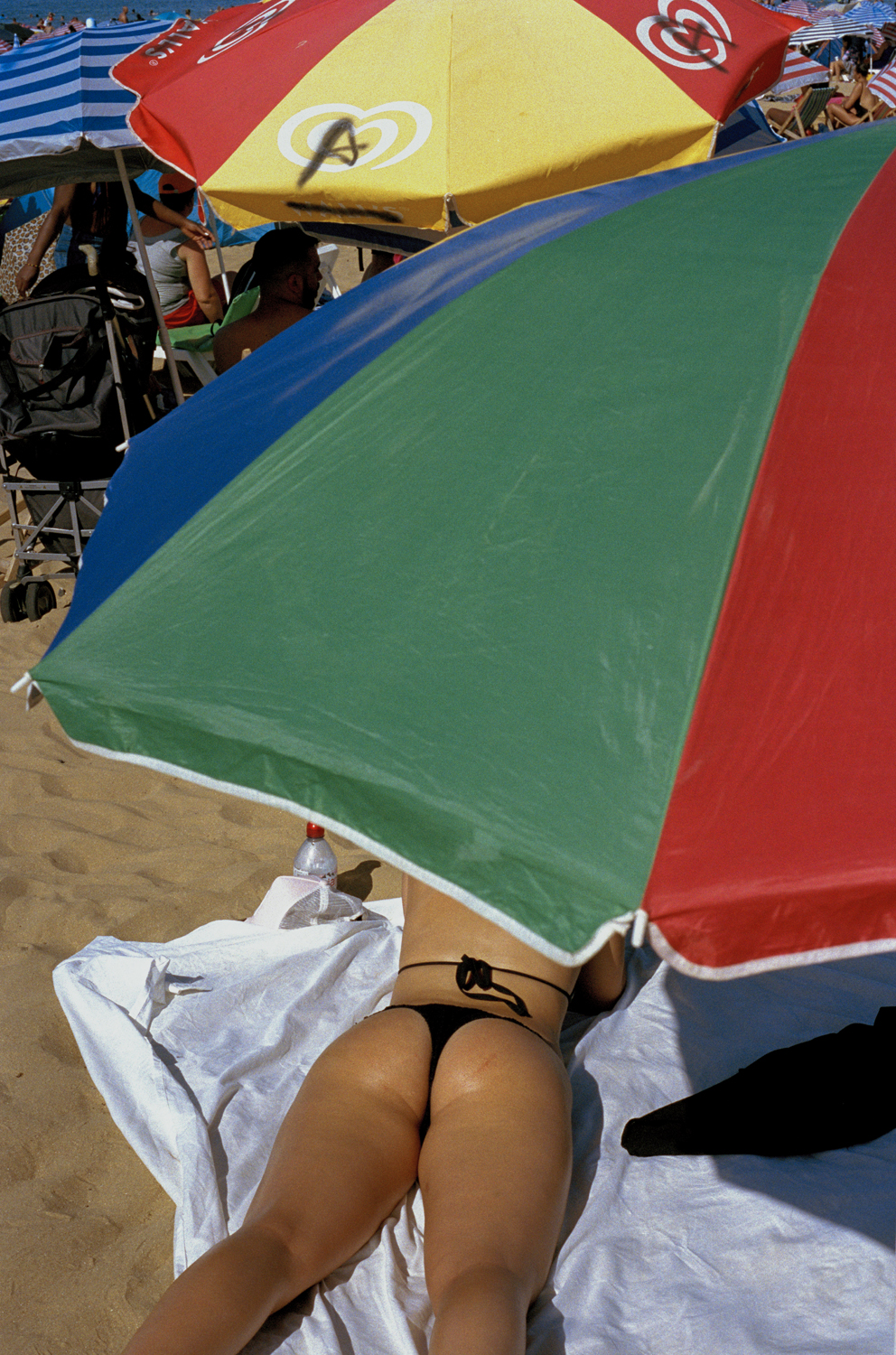

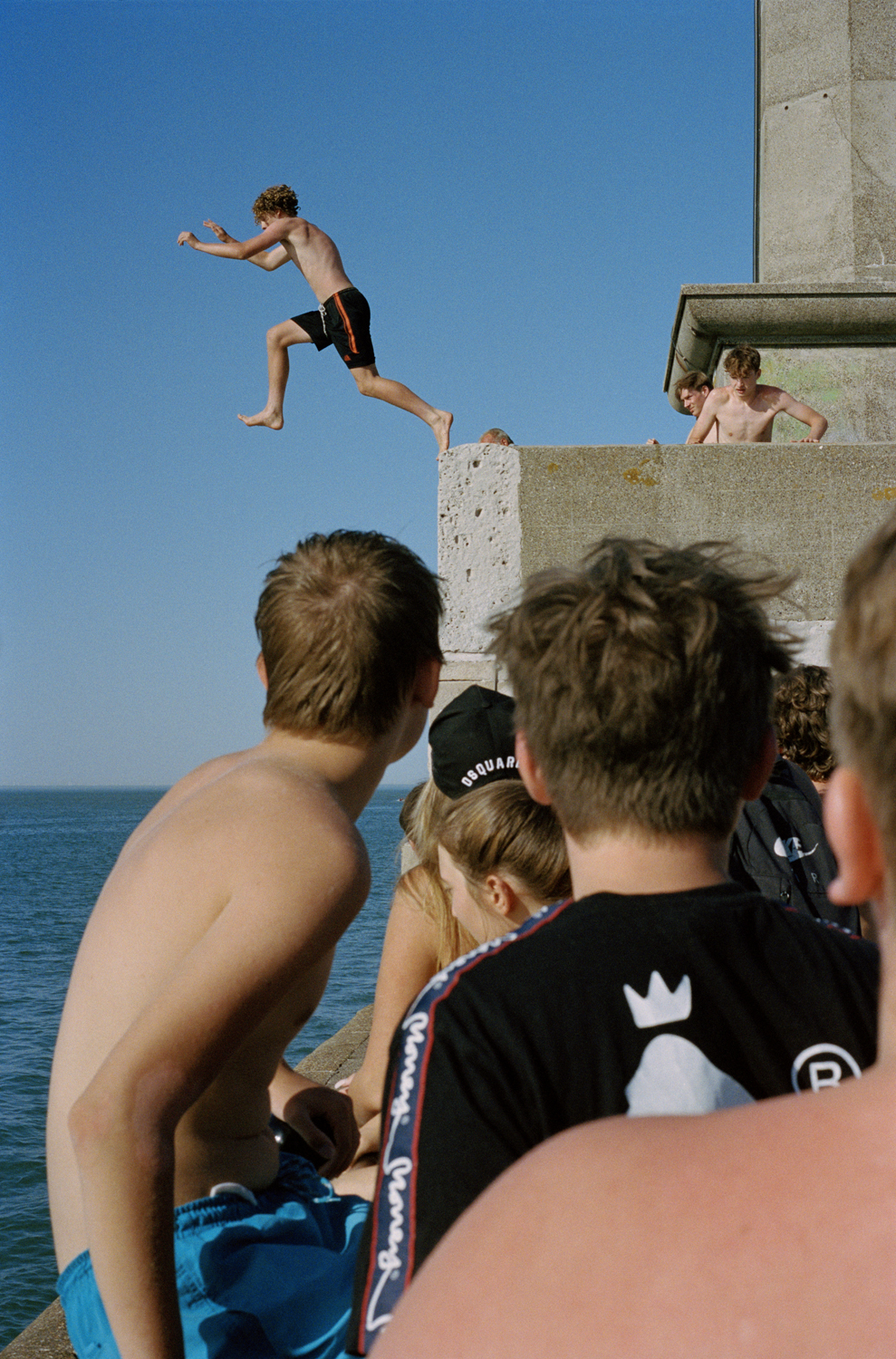
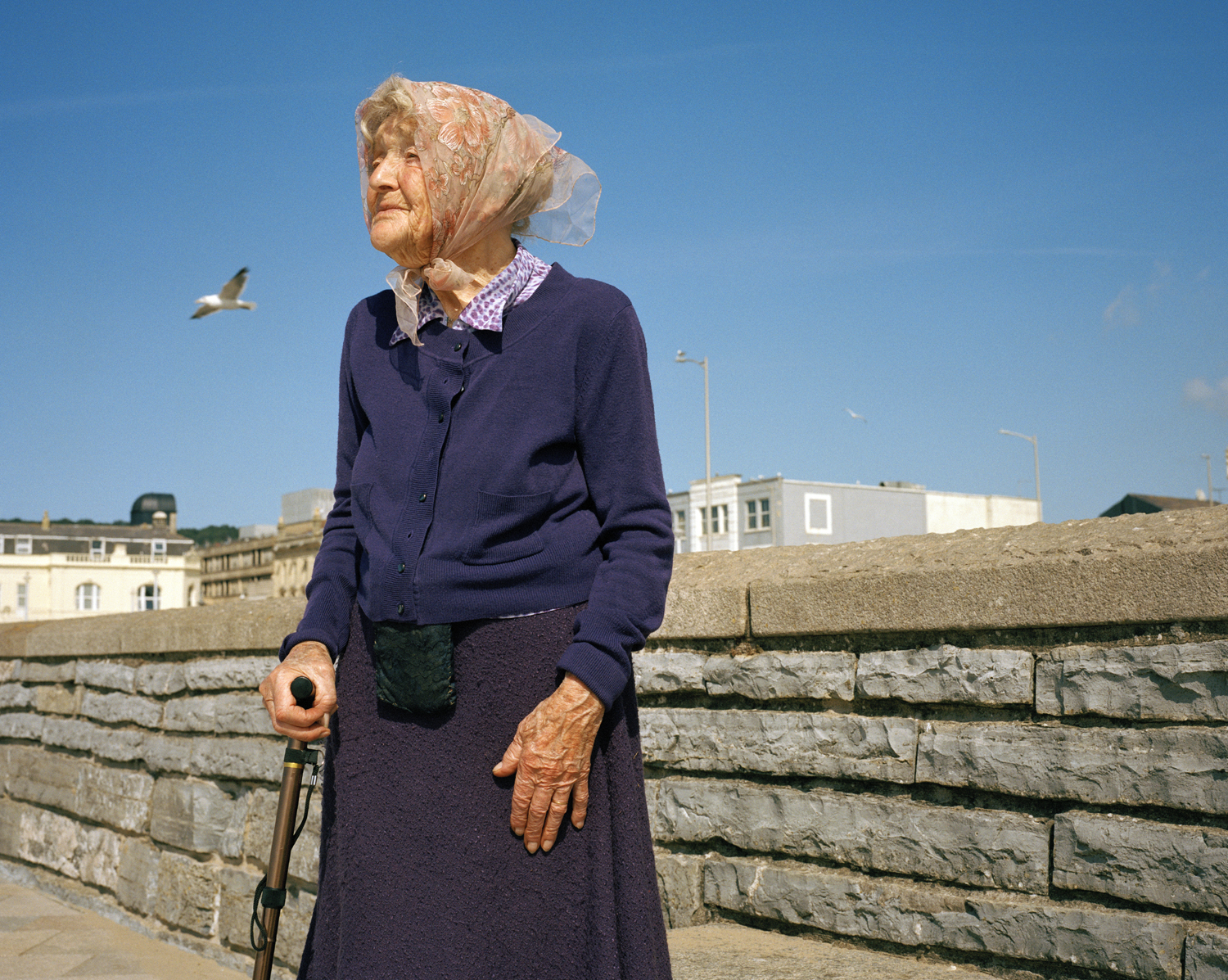
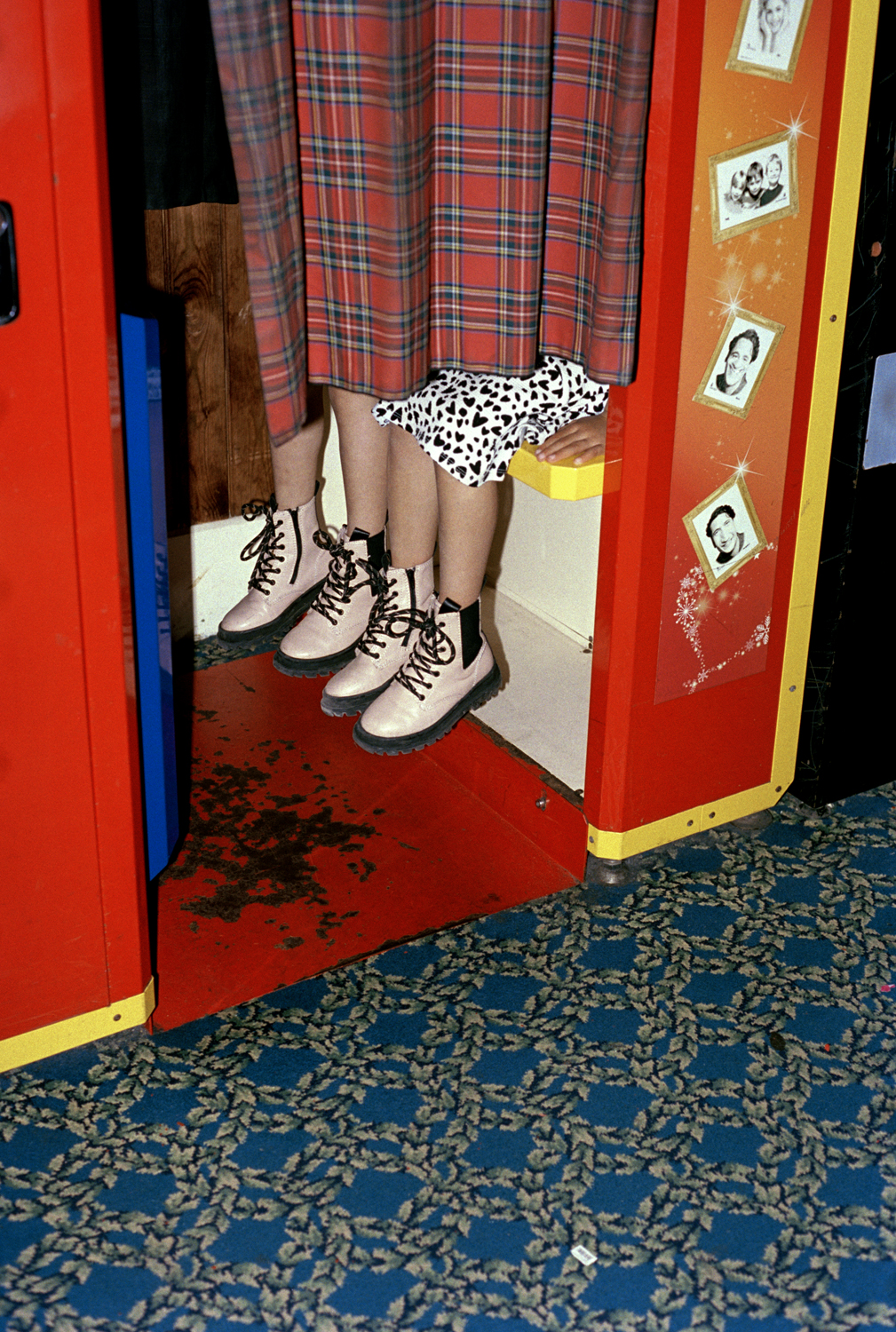
Credits
Photography Sophie Green
